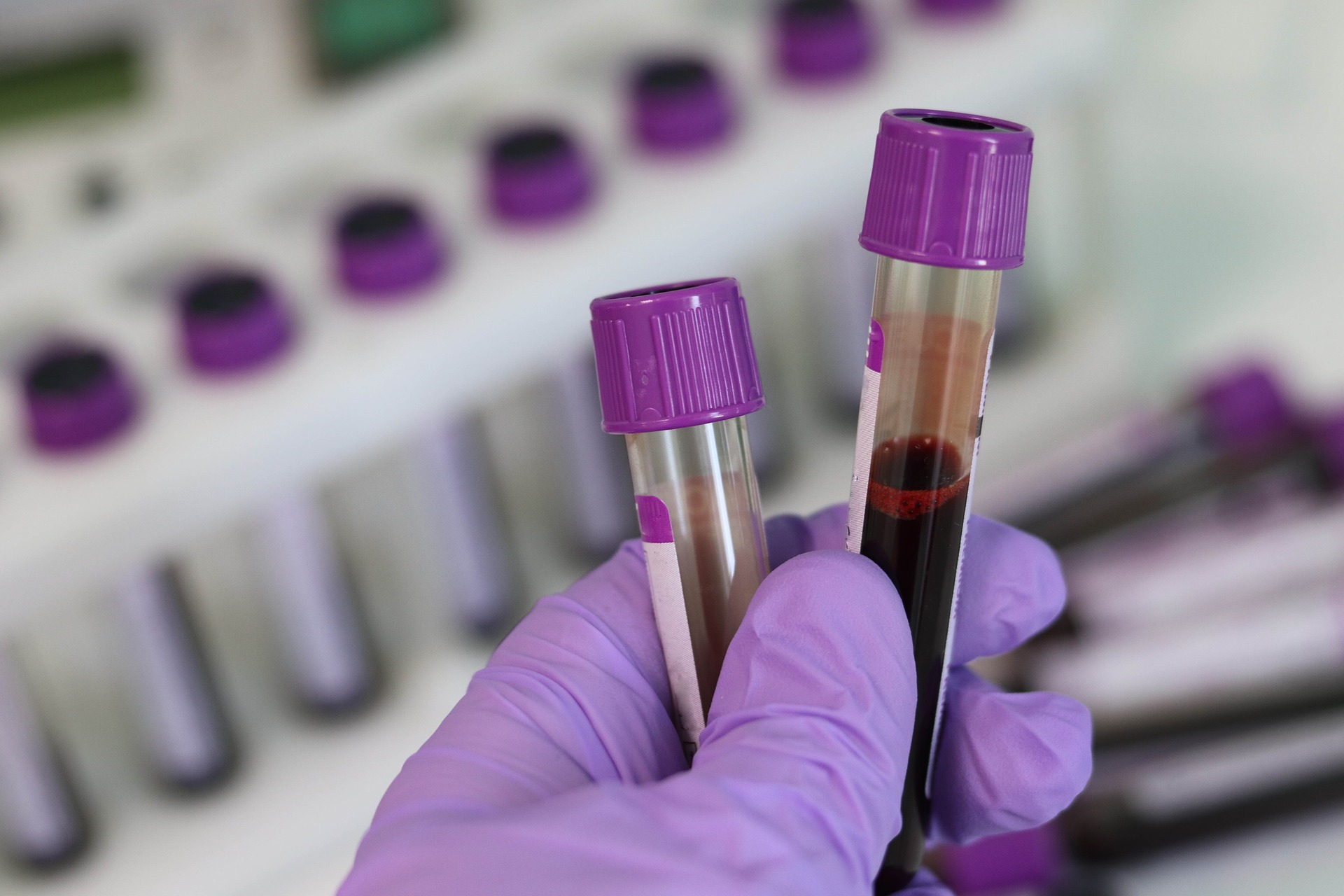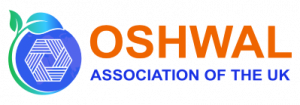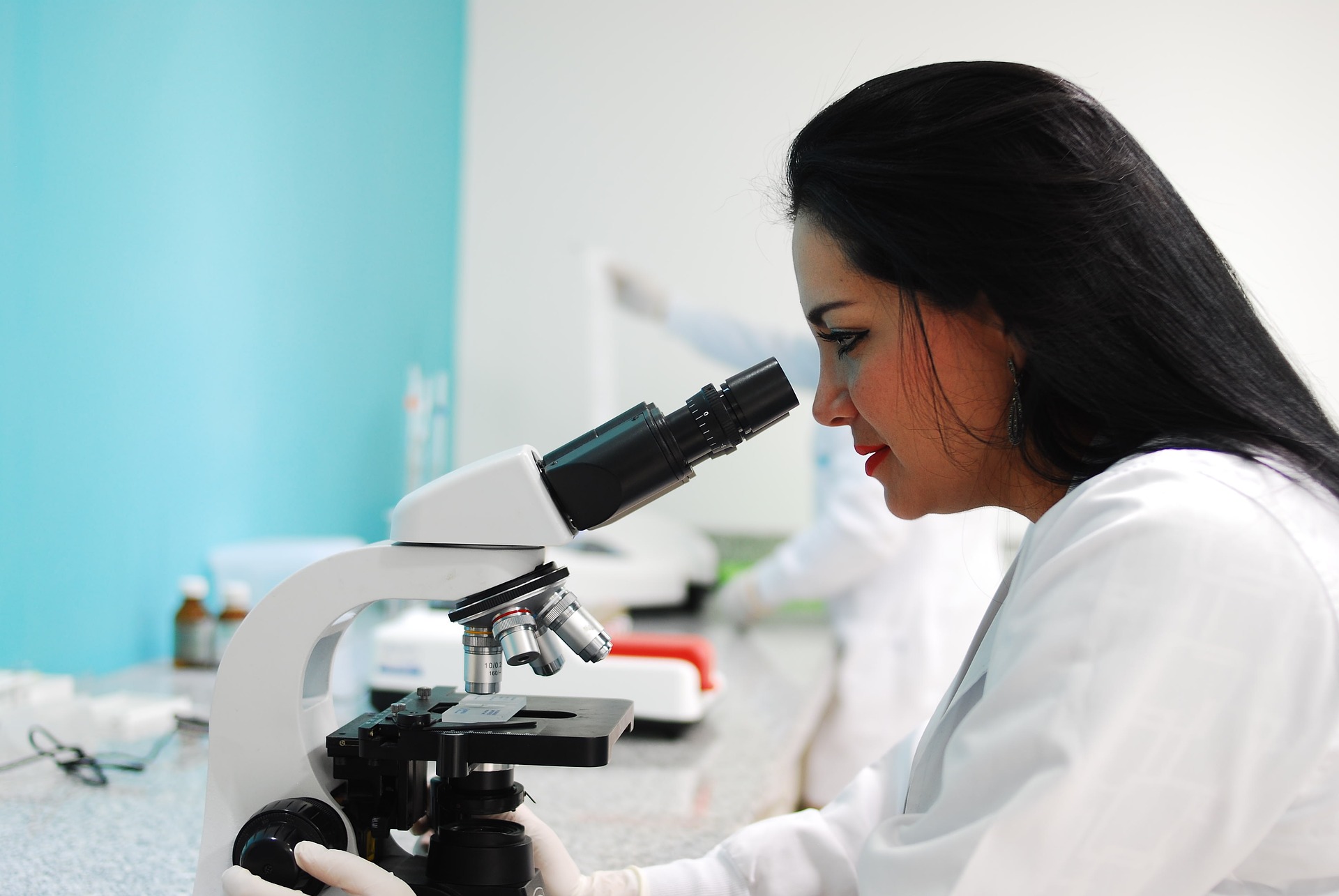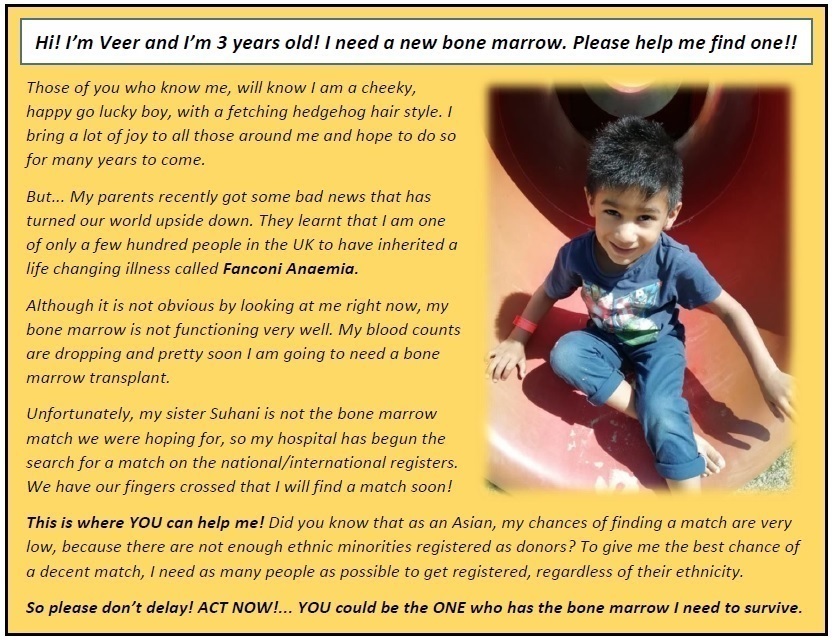Sadly, many have lost their battle with blood cancer following the family’s unsuccessful search to find a potentially lifesaving matching blood stem cell donor. While the UK stem cell register now stands at 1.4 million, the review has found that Ethnic Minority are significantly underrepresented on the register. Marginally fewer donors from Indian, black, Asian and minority ethnic backgrounds joined the UK stem cell register, 23,947.
If a patient has a condition that affects their bone marrow or blood, a stem cell transplant may be their best chance of survival. Doctors will give new, healthy stem cells to the patient via their bloodstream, where they begin to grow and create healthy red blood cells, white blood cells and platelets.
Donors from minority ethnic backgrounds make up just 13% of the UK stem cell register, the remainder are 80.3% British Irish and northern European, 6.3% unknown/prefer not to say. The result is that patients from Indian, black, Asian or other minority backgrounds have a 20% chance of finding the best possible stem cell donor match, compared to 69% for those from British Irish and northern European backgrounds.
The UK stem cell register highlights the importance of raising awareness of their lifesaving potential within this minority group. The UK donor registers are urging people from Indian, black, Asian and minority ethnic backgrounds to register and ensure that all patients in need of a stem cell transplant can find a, potentially, lifesaving match.
Will you help find a match for everyone in need of a potentially lifesaving blood stem cell donation?
To become a potential blood stem cell donor:
• Your eligibility will be checked in terms of age and health.
• Complete cheek swabs will be taken.
Swabs, will be analysed, your tissue type (human leukocyte antigen or HLA) and your details will be added on the UK stem cell registry in an anonymised form. Your details will then be part of blood stem cell donor searches for people all over the world who need a genetic match to get a second chance at life.
The donation method used in 90% of blood stem cell donations, is Peripheral Blood Stem Cell (PBSC) collection, this is when blood stem cells are collected from the donor’s blood stream by removing blood from one arm, running it through a machine that separates out the stem cells, then returning the blood to the donor through their other arm. This is a non-surgical outpatient procedure and takes around 4-6 hours.
Bone Marrow collection method is only used in around 10% of cases. This is when the blood stem cells are collected from the bone marrow at the back of the hip bone (not the spine). The procedure is carried out under general anaesthetic so that no pain is experienced. The collection itself takes 1-2 hours and most donors return to their regular activities within a week.
Stem cells and Regenerative Medicine
Stem cell therapy is simply taking cells from a donor and put them into a patient to treat a disease or injury.
Regenerative medicine makes use of cells to fix structures in the body that do not function properly due to disease or injury.
What sets regenerative medicine apart from many traditional drugs is that the latter mostly treat symptoms, whereas the former aims to treat the root cause of a patient’s condition by replacing lost cells or organs, or by fixing a faulty gene.
Regenerative medicine “aims to replace or repair human cells, or regenerate tissue or organs to restore normal function.” The emphasis on “normal function” sets this approach to medical treatments apart from many commonly used drugs, which tend to treat symptoms but do not address the underlying causes.

Why have so many promises of new therapies fallen short? And what will it take for society to benefit from the immense potential that regenerative medicine holds?
Cell therapies and regenerative medicine, with their potential to improve the health of patients, represent a structural shift in healthcare by focusing on the underlying causes of disease by repairing, replacing, or regenerating damaged cells in the body.
For example, an individual with type 1 diabetes cannot produce insulin. Instead, daily insulin injections are required to keep blood sugar levels in check. Regenerative medicine seeks to solve this by regenerating the organ, which allow the individual to make insulin. This would mean no more insulin injections and a return to normal sugar metabolism.
The potential exists to substantially reduce the burden of disease for some common conditions e.g.stroke, heart disease, progressive neurological conditions, autoimmune diseases, and trauma. New Technology methods can change one cell type into another and heal entire organs, damaged hearts using minimally invasive surgery and a growth factor that might reverse osteoporosis.
As well as increasing life expectancy, regenerative medicine therapies could greatly improve the health-related quality of life of many patients with chronic diseases.
Regenerative medicine treatments tend to be very expensive because they often need special production facilities and highly skilled staff. With health budgets squeezed in many countries, high costs are a barrier to making such therapies a reality. Huge benefits might be reaped from regenerative medicine. To move regenerative medicine into the realms of mainstream medicine, better science and better regulation must be integrated with both innovative manufacturing methods that make treatments affordable, and a way to show how they ultimately benefit the patient and society as a whole on the following:
Multiple Sclerosis, Diabetes, Leukaemia & other blood related diseases, Parkinson’s disease, Huntingdon’s disease, Motor Neuron disease, Post-stroke condition, Cartilage & Tendon Injuries, Osteoarthritis, Sports related injury complications, Spinal Cord Injury, Myocardial Infarction (Heart diseases), Digestive System Diseases, Respiratory diseases, Rheumatic diseases, Skin diseases.
Let us help ourselves, actively, by saving & improving the quality of lives through supporting Stem Cell & Regenerative treatments Programme by being a donor, volunteer and fund-raising.
Article by Kiran Sheth
Disclaimer: This is an awareness raising & information ONLY article and readers should consult their own GP for more information about any medical conditions.


